Automobiles have always been a blend of aesthetics and engineering. While some cars are designed to push the boundaries of speed and power, others are crafted to be visual masterpieces. But what happens when aesthetics take precedence over performance? Let’s explore specific cars that might be more about the show than the go.
DeLorean DMC-12
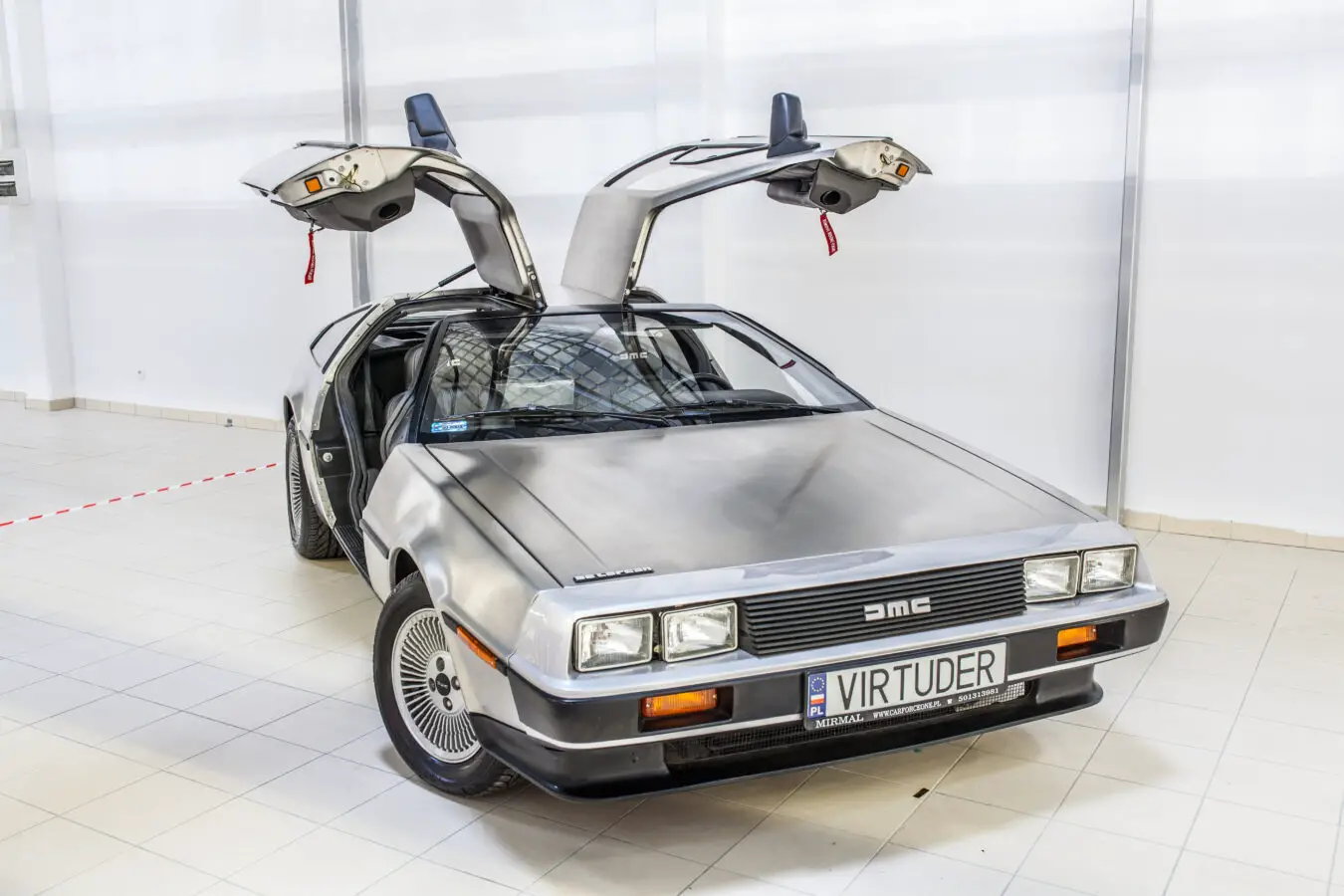
The DeLorean, with its iconic stainless steel finish and gull-wing doors, is a testament to 1980s design. However, its Peugeot-Renault-Volvo (PRV) V6 engine, producing around 130 hp, was underwhelming. For a car that looked so futuristic, many expected a performance to match its appearance. Its lackluster acceleration and top speed were points of contention among car enthusiasts.
Plymouth Volare Road Runner
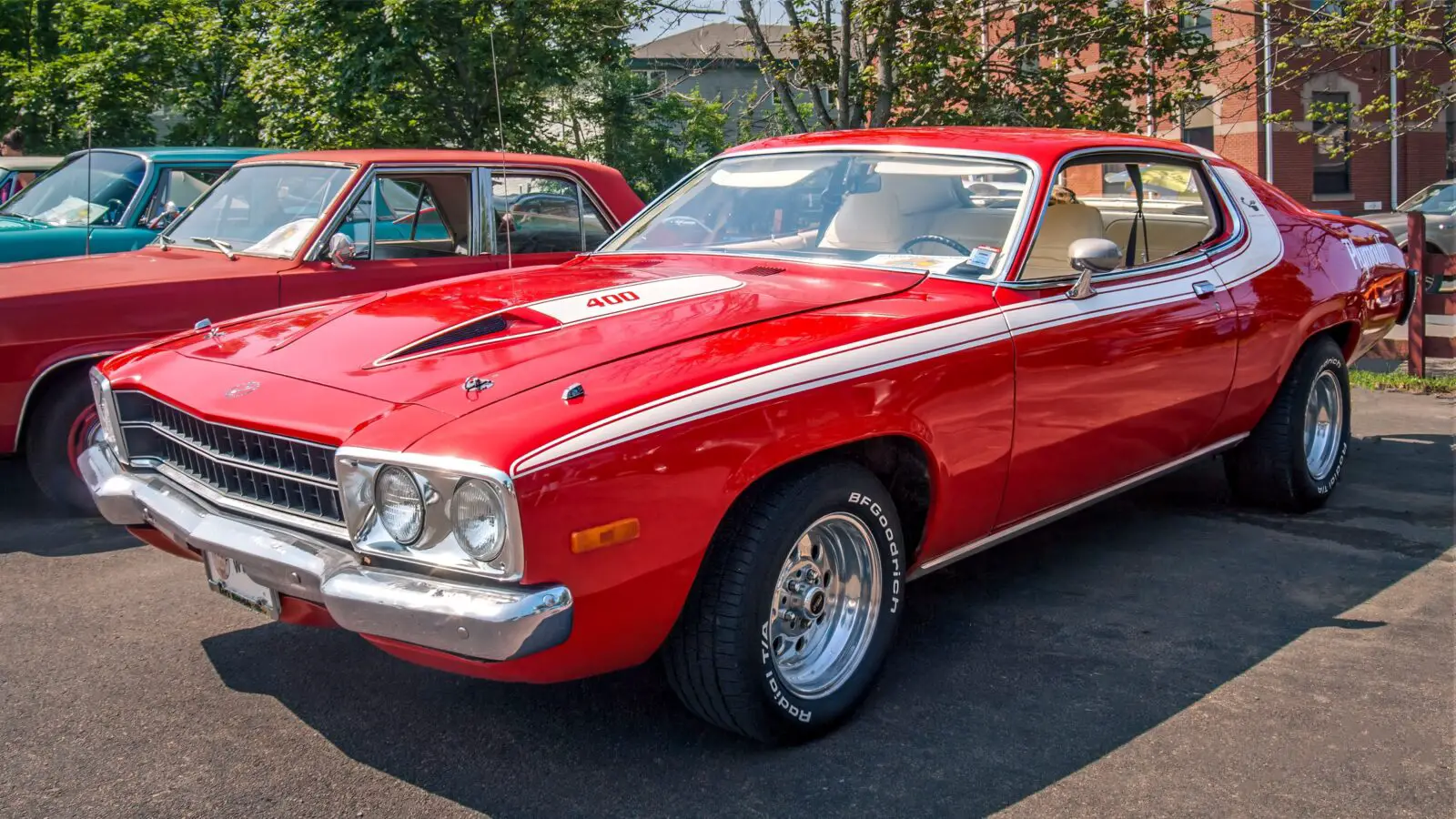
The Road Runner, with its muscle car heritage, promised a lot. However, the Volare version’s V8 could only muster 170 hp. For a car named after a speedy cartoon character, its performance was ironically slow. The weight of the vehicle further hampered its acceleration, making it a disappointment for many.
1980 California Corvette
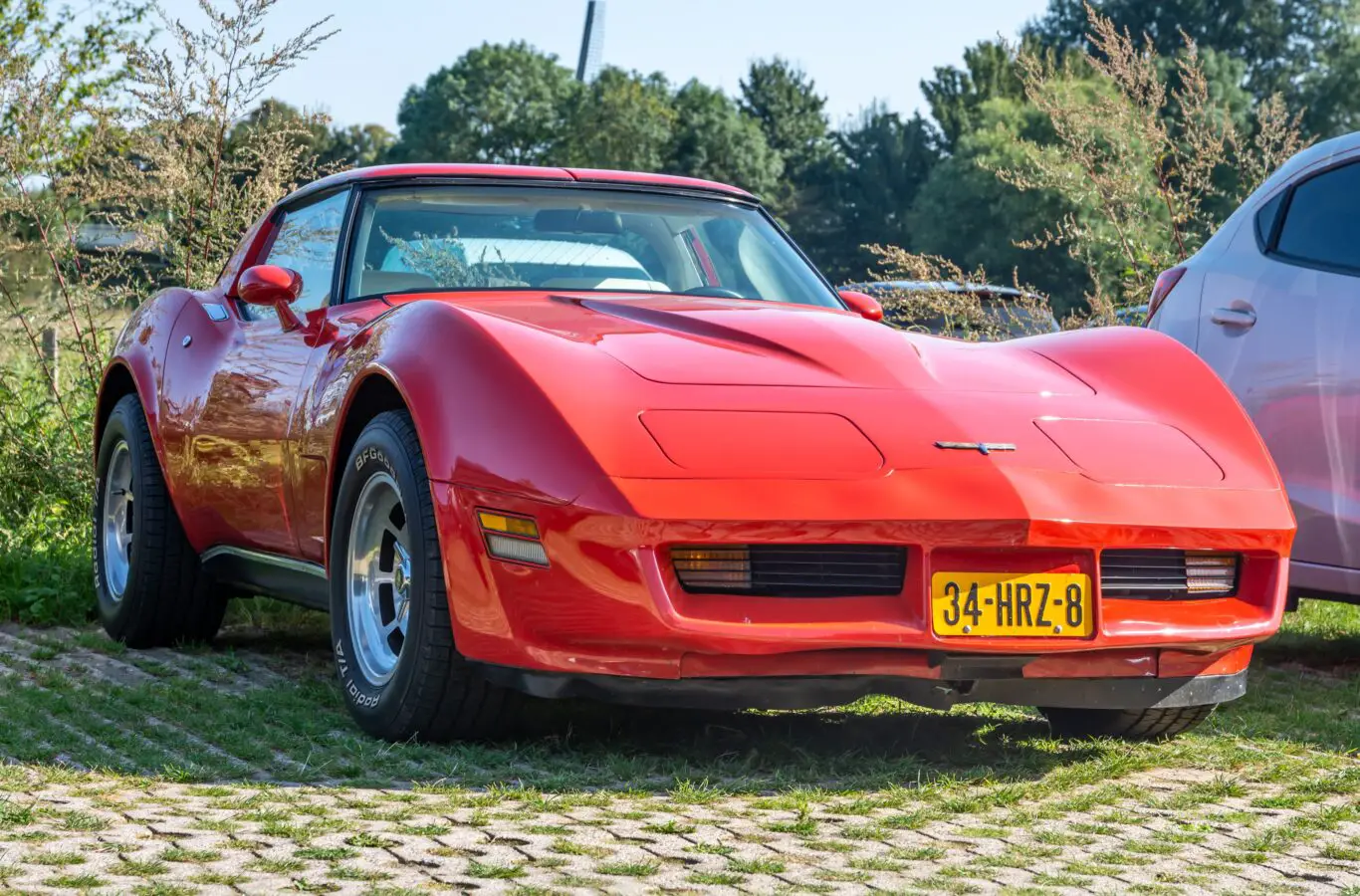
The Corvette is an American icon, synonymous with speed and power. However, the 1980 California version was a letdown. Stricter emission rules led to a 305 V8 engine that produced a mere 180 hp. For a brand that epitomized performance, this particular model was a black mark in its storied history.
Ford Mustang II King Cobra
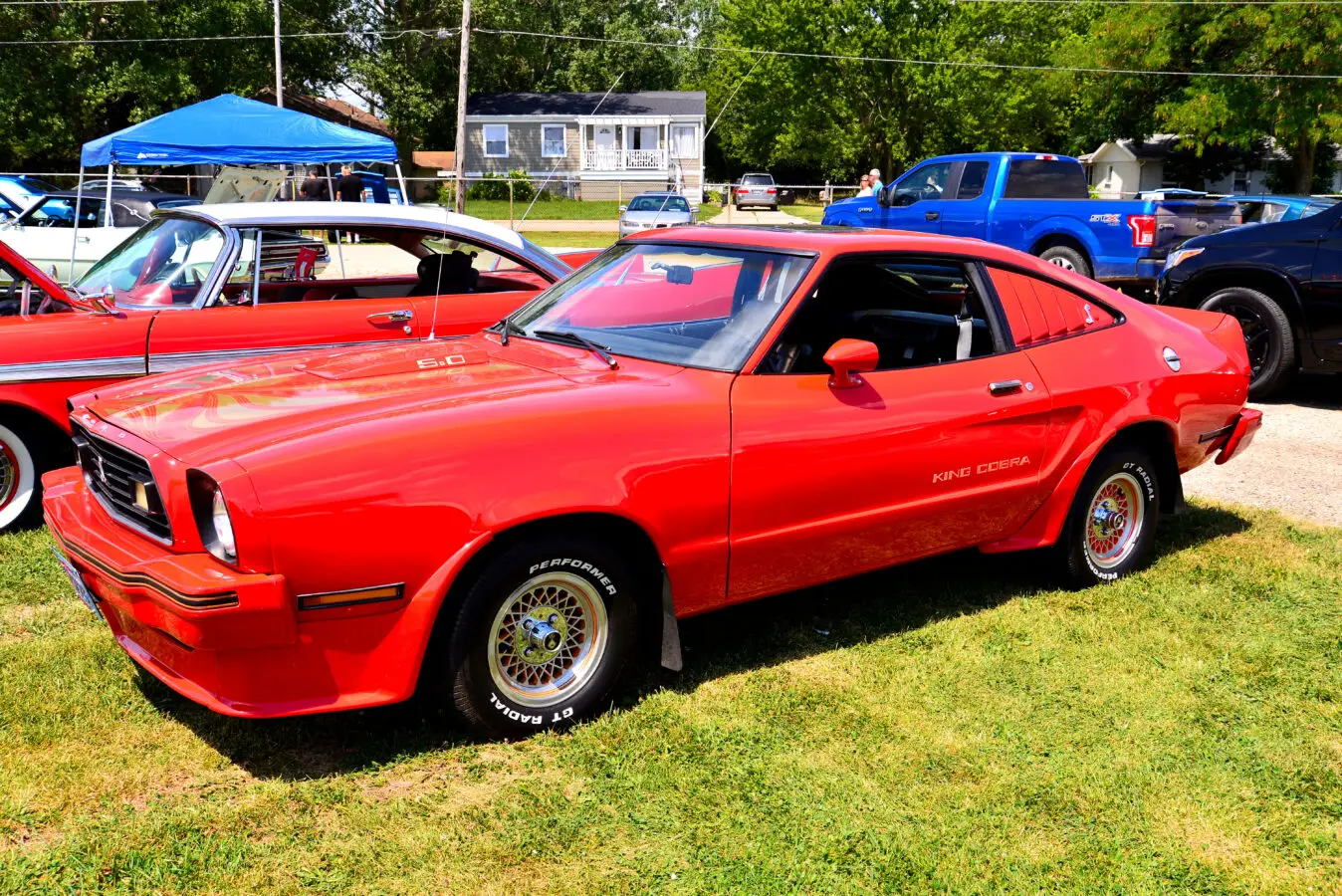
The Mustang is another legendary name in the automotive world. The King Cobra, with its aggressive design, looked the part. However, its 5.8l V8 engine only churned out 133 hp. This was a far cry from the performance Mustangs were known for, making it more of a show pony than a true stallion.
1982 Chevrolet Camaro
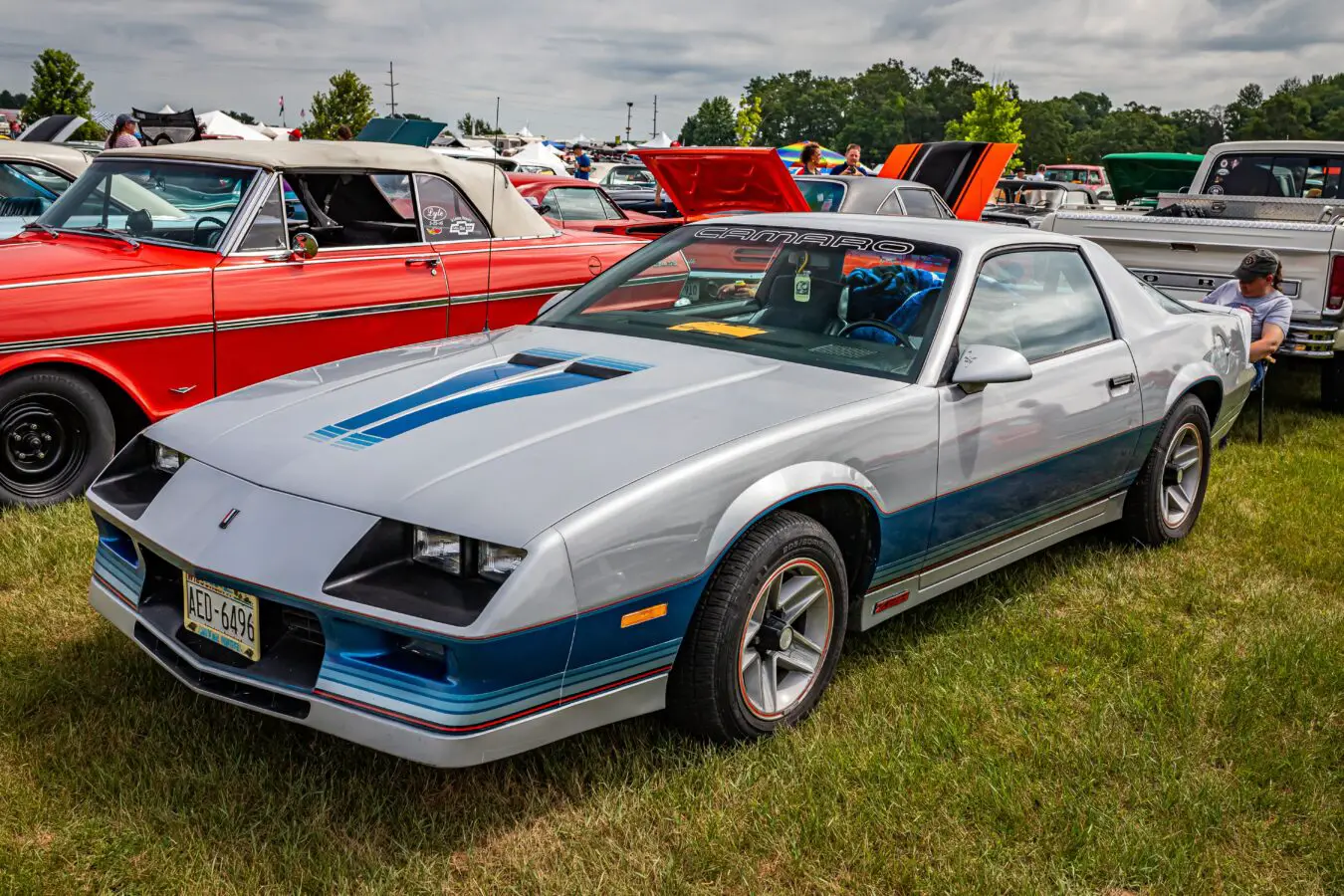
The Camaro, a direct competitor to the Mustang, faced its own set of challenges in the 1980s. The 1982 model, despite its sporty facade, was equipped with a 2.5-liter four-cylinder engine that produced a paltry 90 hp. This was a time when muscle cars were facing an identity crisis, and the Camaro was no exception.
1975 Chevrolet Corvette
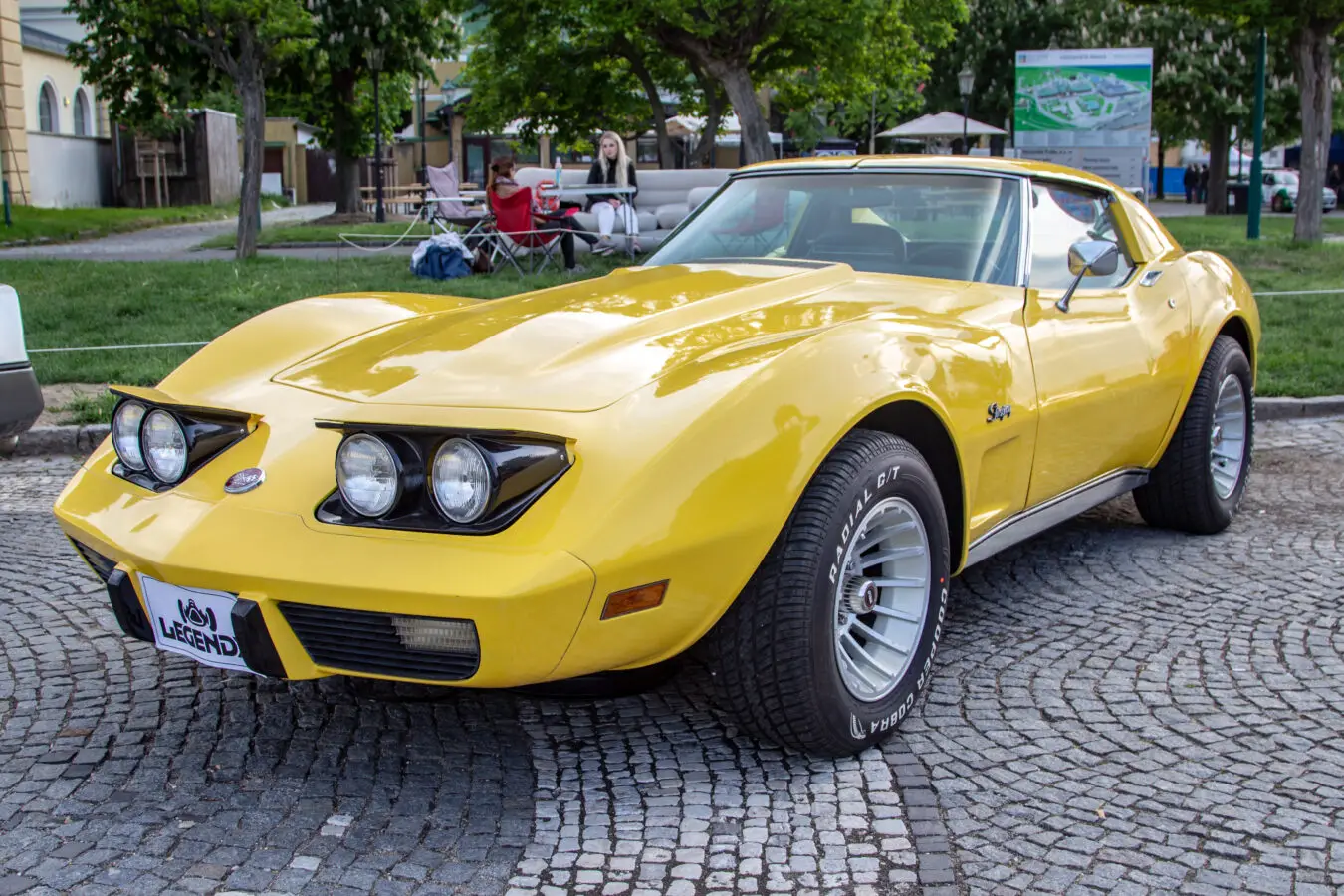
Another Corvette makes the list, this time the 1975 model. While it retained the sleek design Corvettes were known for, its 350ci V8 engine was a disappointment, producing only 165 hp. This was a far cry from the performance metrics of its predecessors.
Pontiac Fiero
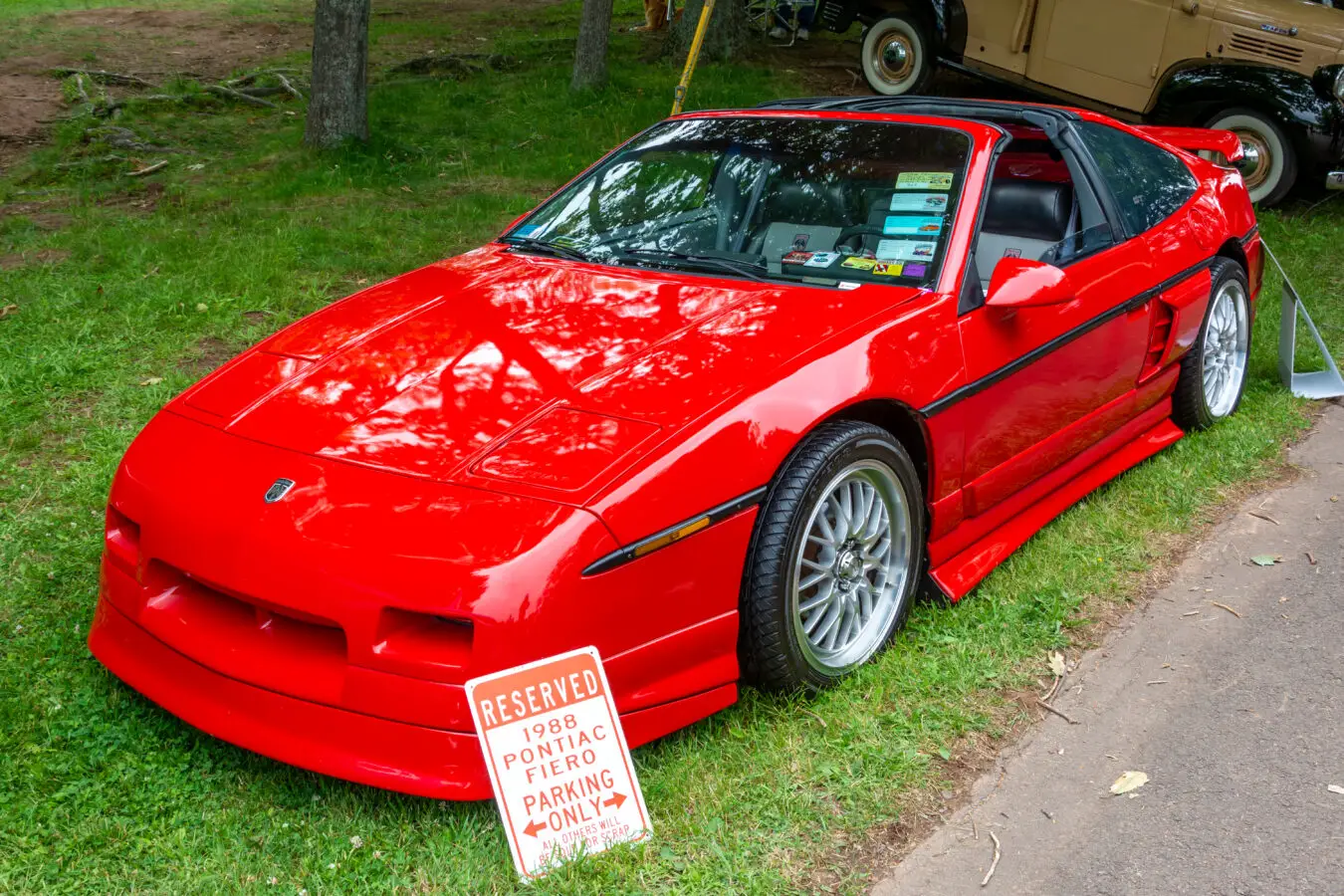
The Fiero was Pontiac’s foray into the mid-engine sports car segment. Its design was reminiscent of more exotic European cars. However, its “Iron Duke” four-cylinder engine, producing just 92 hp, was a letdown. Later models did see improvements, but the initial versions left a lot to be desired in terms of performance.
Chrysler Sebring
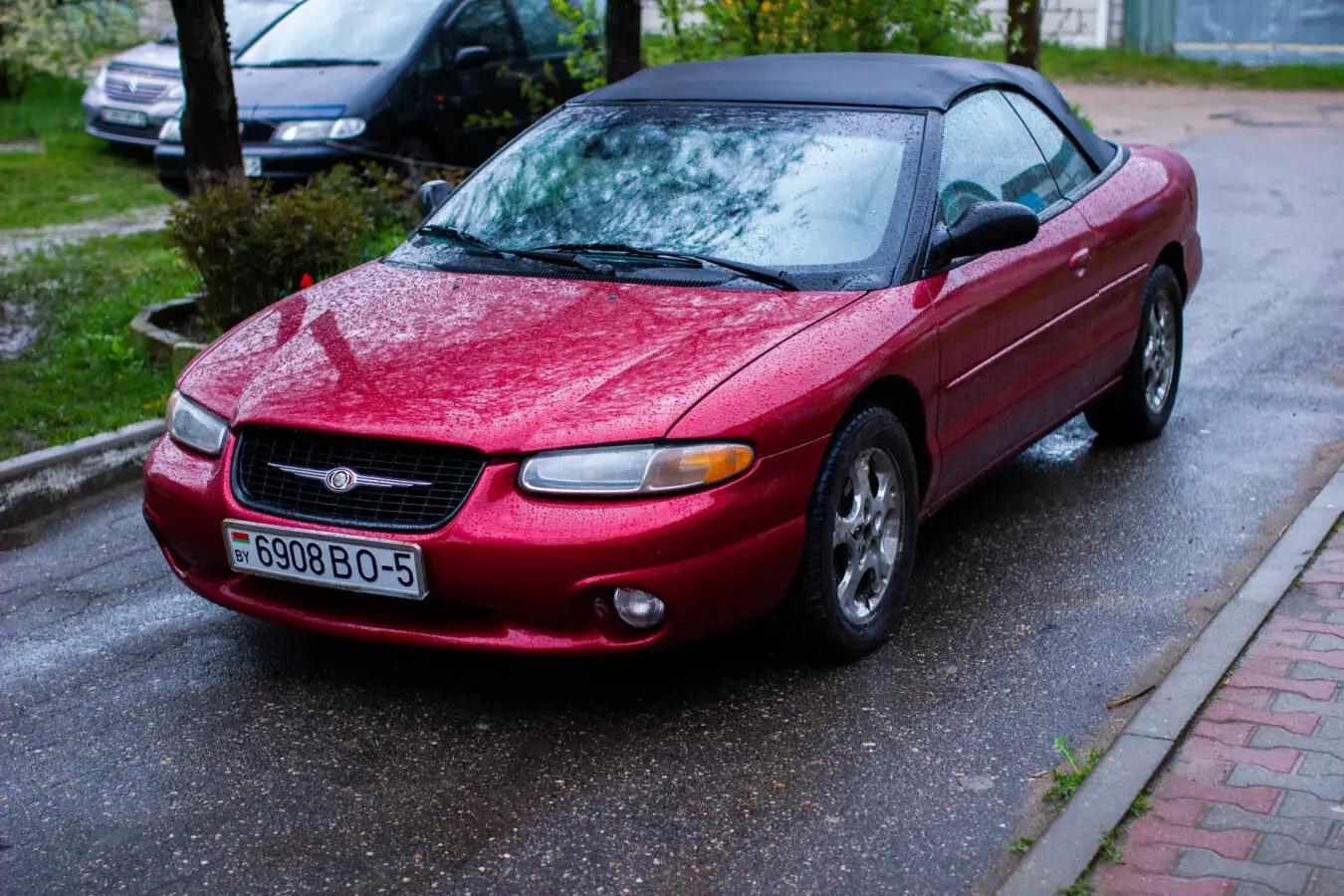
The Sebring, with its elegant design, promised luxury and performance. However, some versions came equipped with a V4 engine. This was a curious choice for a car that looked ready to deliver high performance. The result was a vehicle that was more suited for leisurely drives than the racetrack.
3rd & 4th Generation Oldsmobile Toronado
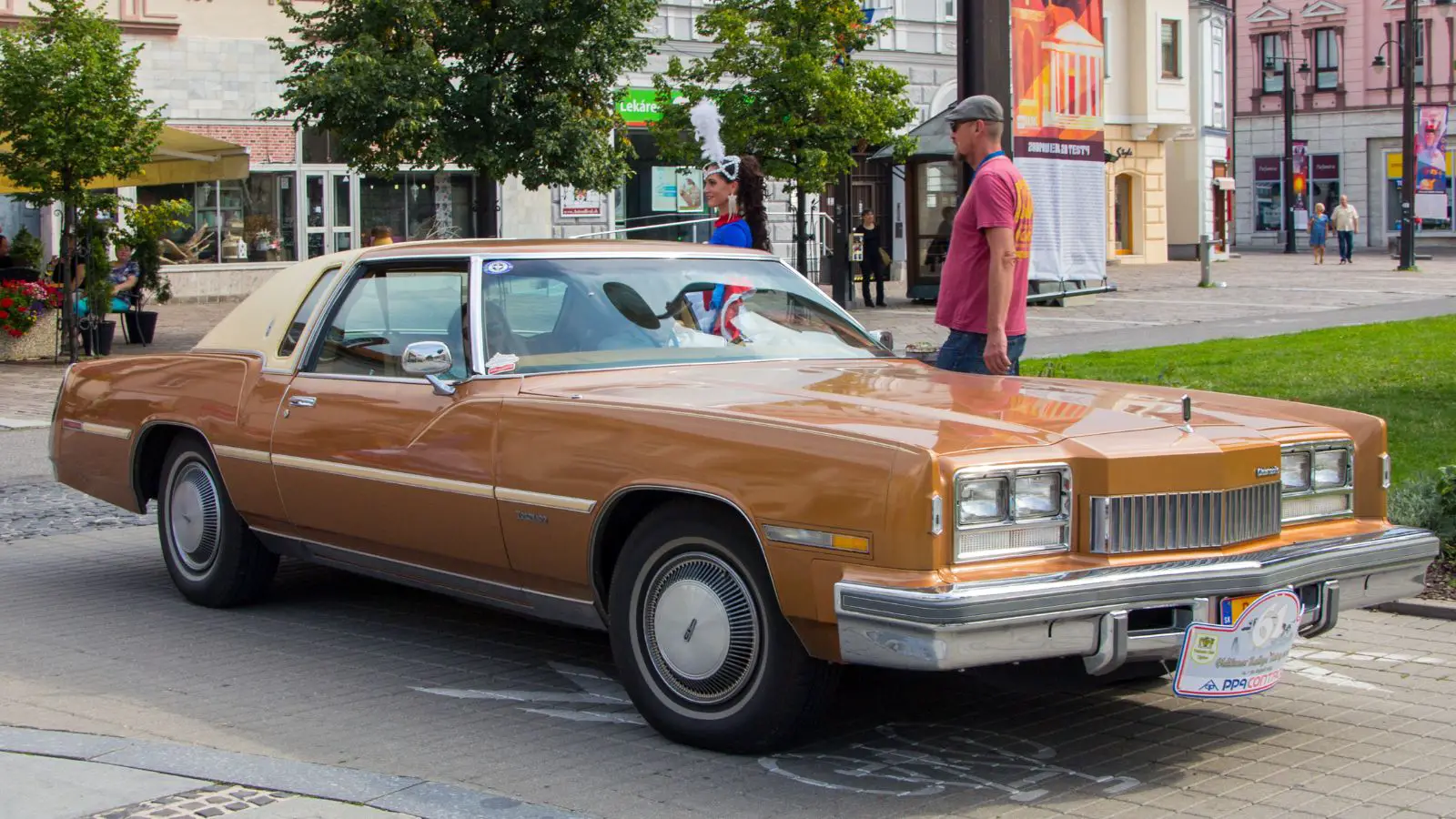
The Toronado was a departure from traditional Oldsmobile designs. The earlier models were known for their powerful V8 engines. However, the later versions, especially during the “Big Diesel” era, were underpowered, producing speeds of only 110 mph.
Plymouth Prowler
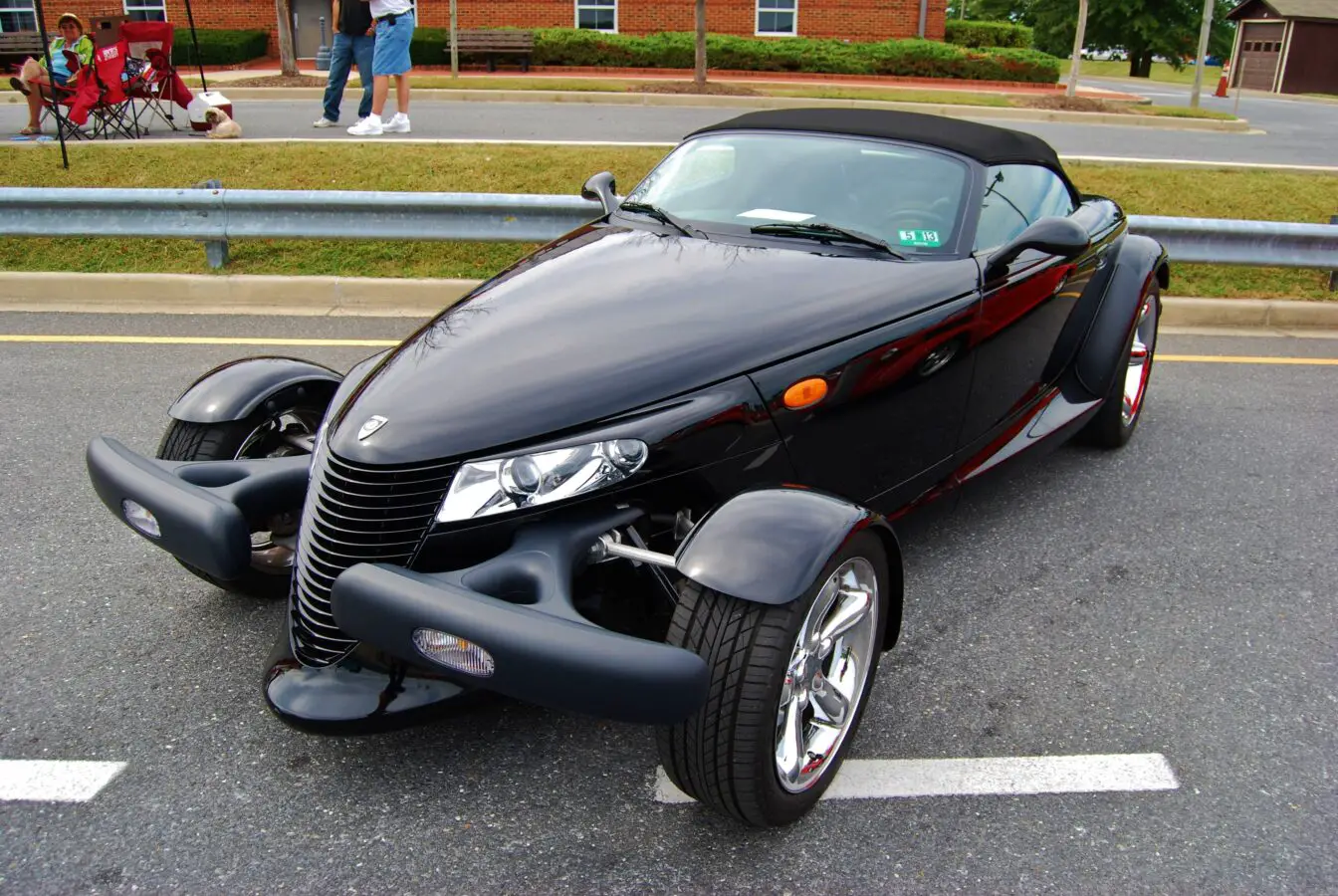
The Prowler’s design was a nod to hot rods of the past. Its open-wheel design and aggressive stance made it a head-turner. However, its 3.5-liter V6 engine, producing 253 hp, felt inadequate for a car with such a bold design.
Aston Martin Cygnet
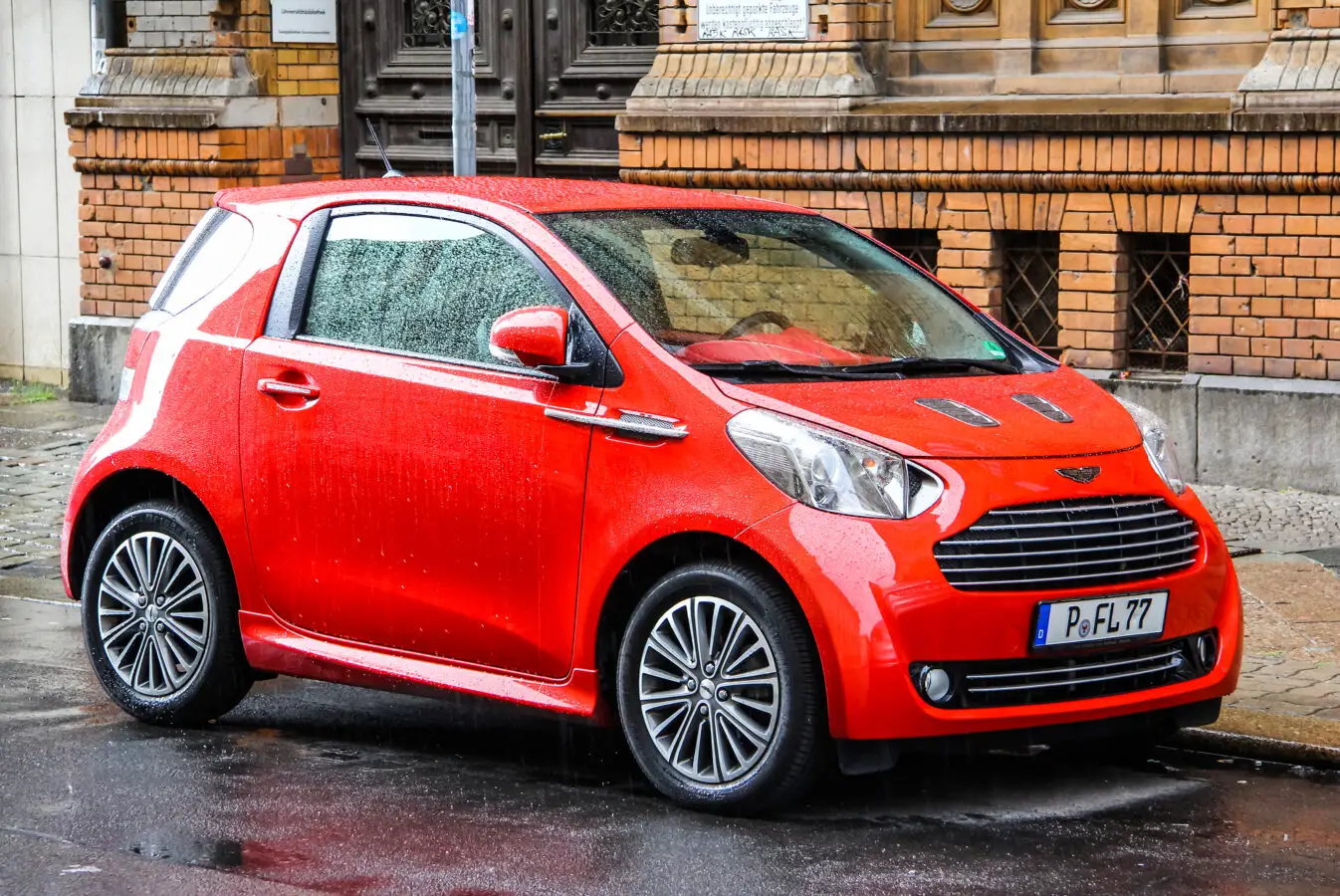
The Cygnet was a curious entry from luxury carmaker Aston Martin. Essentially a rebadged Toyota iQ, it was a compact car with luxury trappings. However, its performance was nowhere near what one would expect from an Aston Martin, making it an oddity in their lineup.
Fiat Multipla
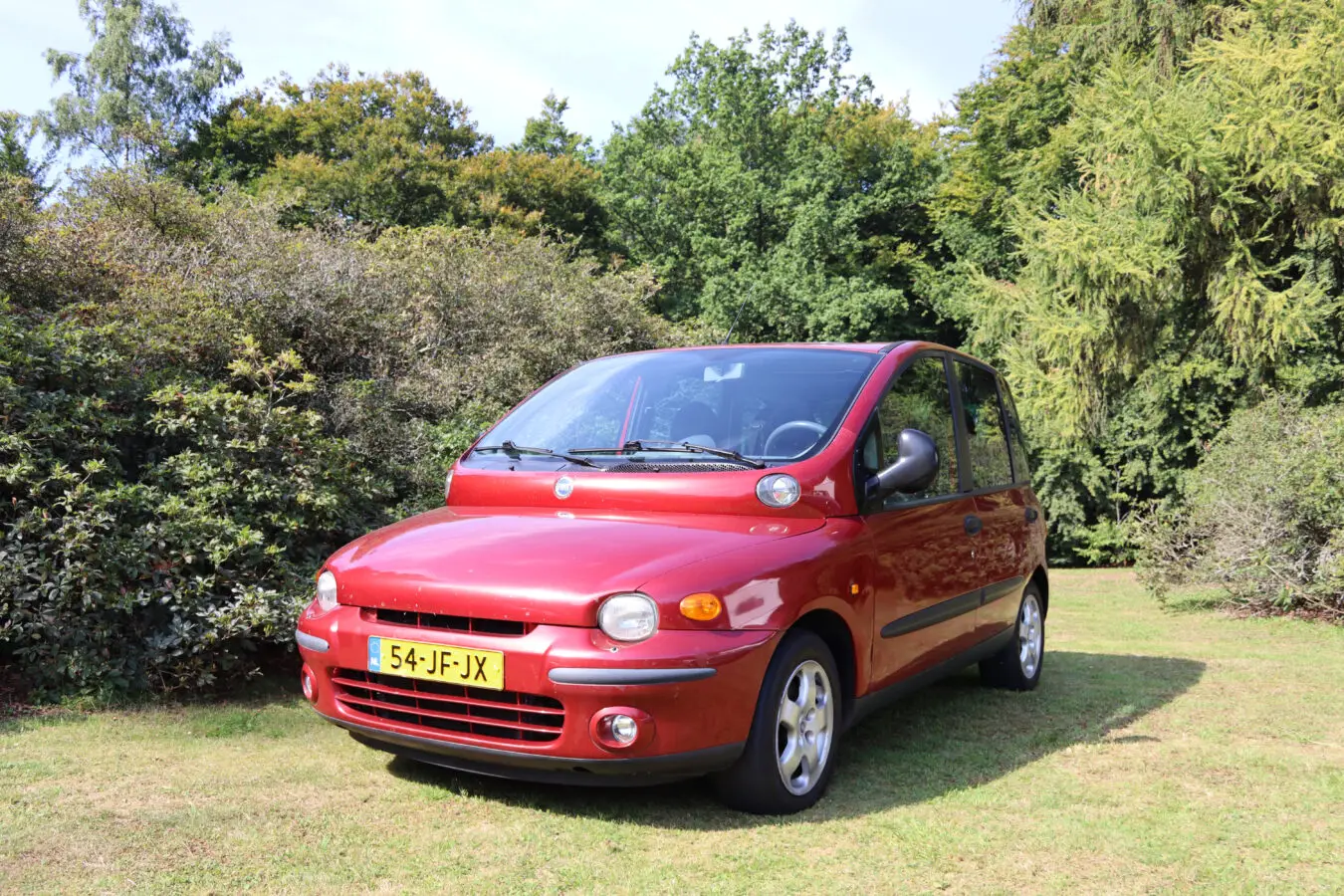
The Multipla’s design was polarizing. Some loved its unique look, while others found it odd. Regardless of where one stood on its design, its performance was universally considered average. It didn’t offer the kind of power or acceleration one might expect from such a uniquely designed vehicle.
Chevrolet Corvair
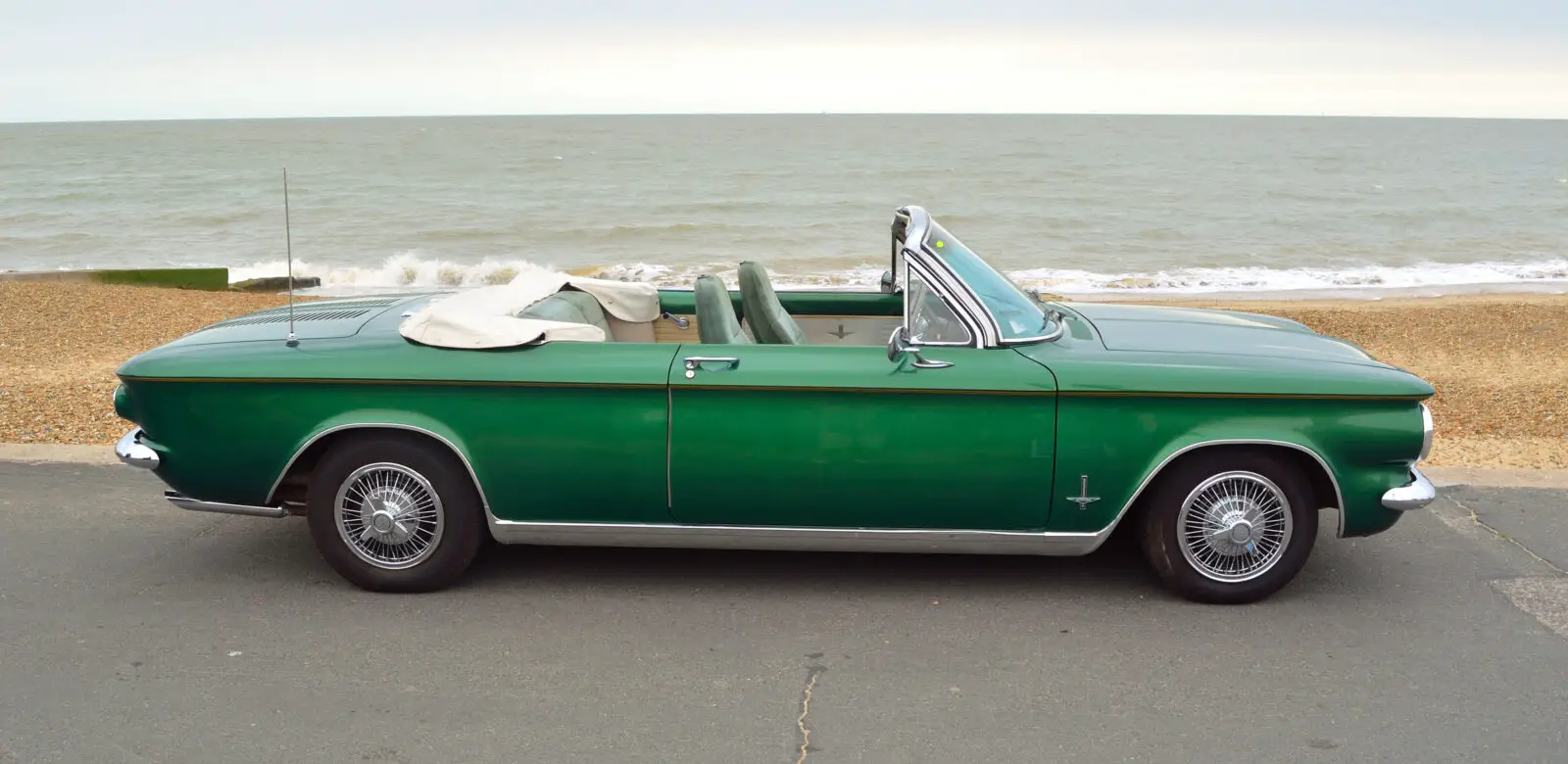
The Corvair, with its rear-mounted engine, was an innovative design for Chevrolet. It was even dubbed the “poor man’s Porsche” due to its layout. However, it faced criticism for handling issues, which led to safety concerns. Its performance, while decent, was overshadowed by these issues.
Jaguar XJ220
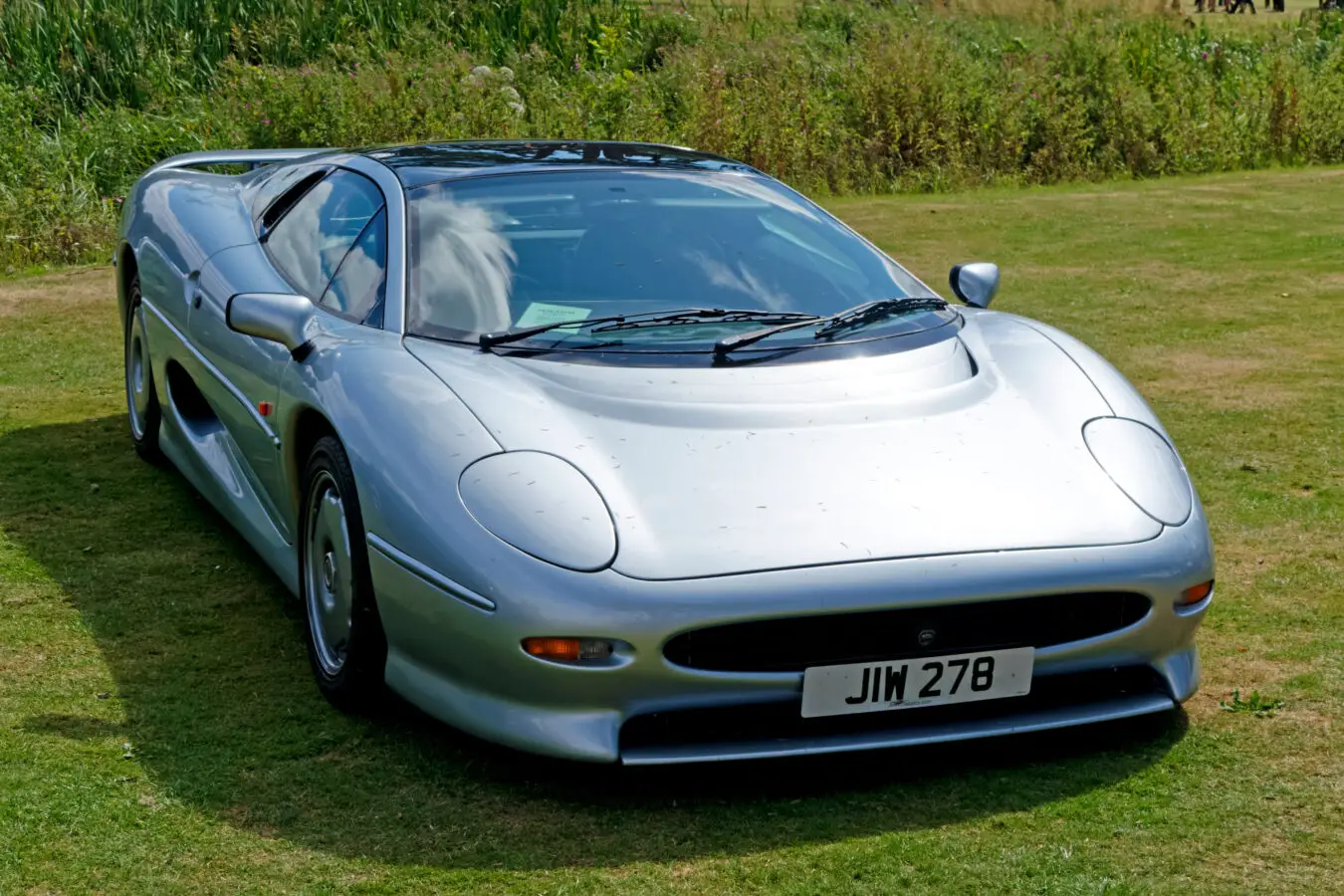
The XJ220 was Jaguar’s attempt at a supercar. Its design was breathtaking, and it promised unparalleled performance. However, the decision to switch from a V12 to a V6 engine left many enthusiasts feeling shortchanged.
Maserati Biturbo
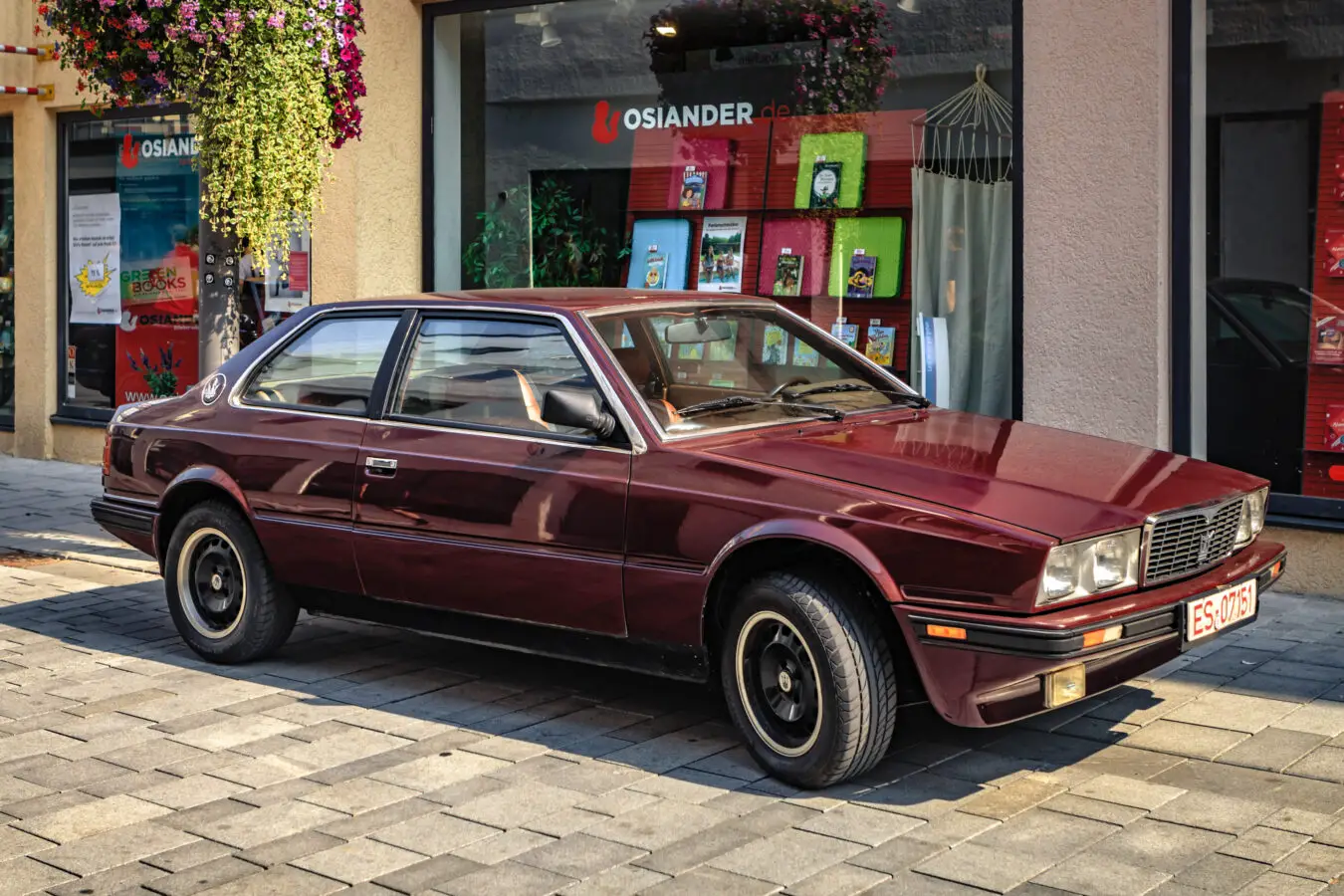
The Biturbo was Maserati’s entry into the luxury sports car segment. Its twin-turbo V6 promised high performance. However, it was plagued with reliability issues, making it a maintenance nightmare for many owners.
